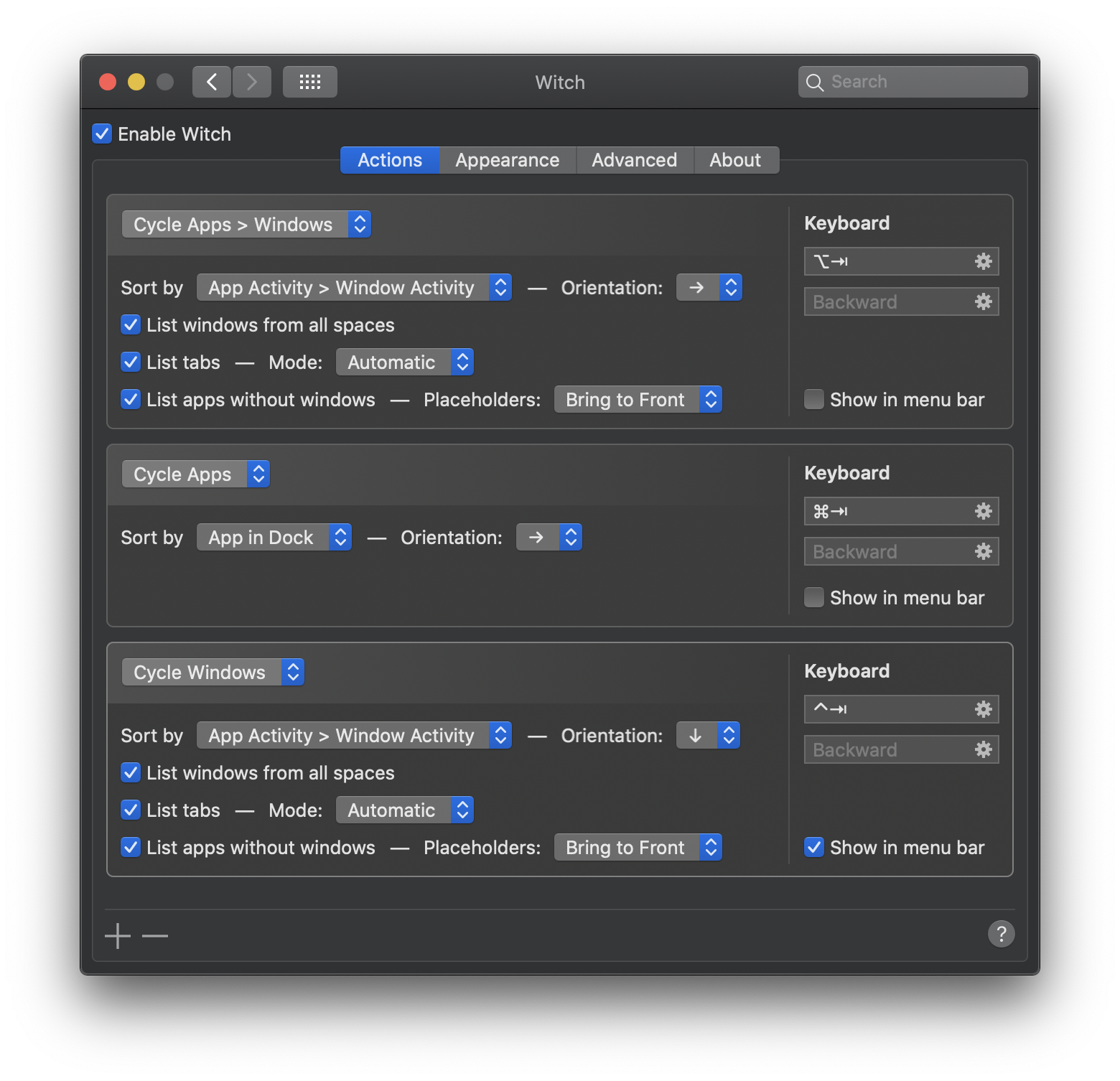Moom is great for saving window layouts—arrangements of windows across one or more applications, making it easy to restore your windows to where you want them to be. In general, Moom will attempt to match existing window titles with the titles of the windows in your saved layout—so if you have a Word document named “2020 Taxes” open, and that document was open when you saved the layout, then that window will go to where it was when you saved the layout.
If Moom can’t match an existing window title, however, then it just works with the number of windows—if you saved a layout with four windows open across three apps, and you have that same number of windows open in those same apps, then Moom will restore your layout, but the windows won’t be opened to whatever they were displaying when you saved the layouts (because Moom can’t open files, folders, documents, URLs, etc.).
As much as our users may wish it possible, it’s not feasible for Moom to restore whatever it is you were working on in whatever apps are in your saved layout—we’d end up writing lots of custom code on a per-app basis, and there are still some apps where we probably wouldn’t be able to get them to open documents, so we’d end up with a solution that only sort of worked.
For me personally, the only time I really want Moom to open the actual things I had in my saved layout are when I’m working in Finder. I have a number of saved layouts—one has my preferred window layout when working on Many Tricks projects, another that I use when I file documents I’ve scanned, and a third for managing my downloads. Unfortunately, because Moom can’t save the folders with the windows, I have to manually navigate to the proper folders after restoring these layouts…or do I?
 Many Tricks
Many Tricks

